1975 was a monumental year in music history, marking the release of several breakthrough albums that not only defined careers but also shaped the sound of a generation. This year, we celebrate the 50th anniversary of these legendary records. Here’s a closer look at the albums that made waves half a century ago:
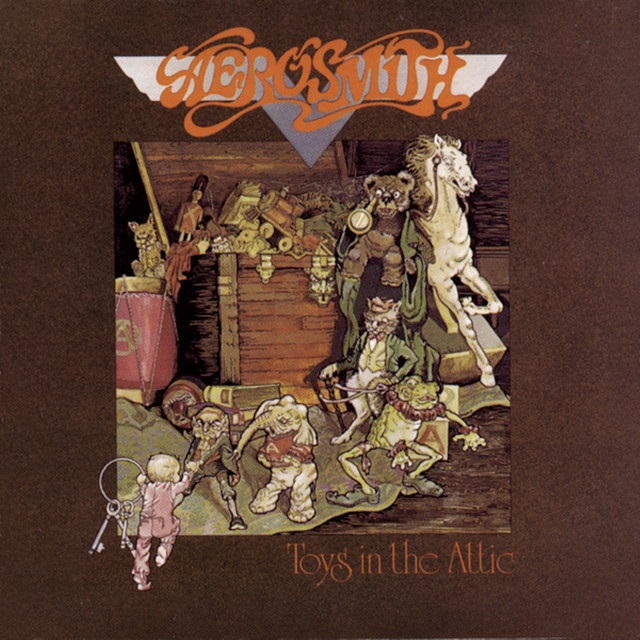
On their third album, “Toys In The Attic”, Aerosmith took a significant step toward global success. The band had improved as musicians and gained greater confidence. Produced by Jack Douglas, who also worked on their previous album, Get Your Wings, “Toys In The Attic” delivered iconic tracks like “Sweet Emotion” and “Walk This Way.” The latter was famously reimagined years later with Run-D.M.C.
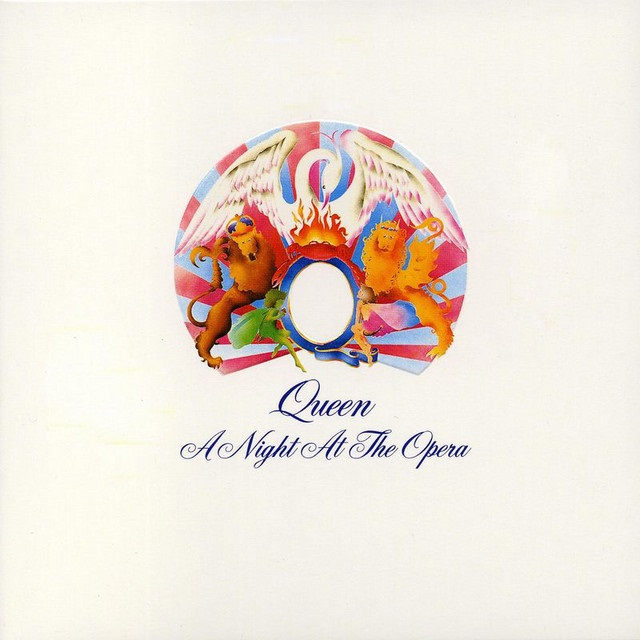
“Bohemian Rhapsody” – need we say more? This fourth album solidified Queen‘s global fame. Combining quirky elements with raw rock, “A Night At The Opera” is nothing short of a masterpiece.
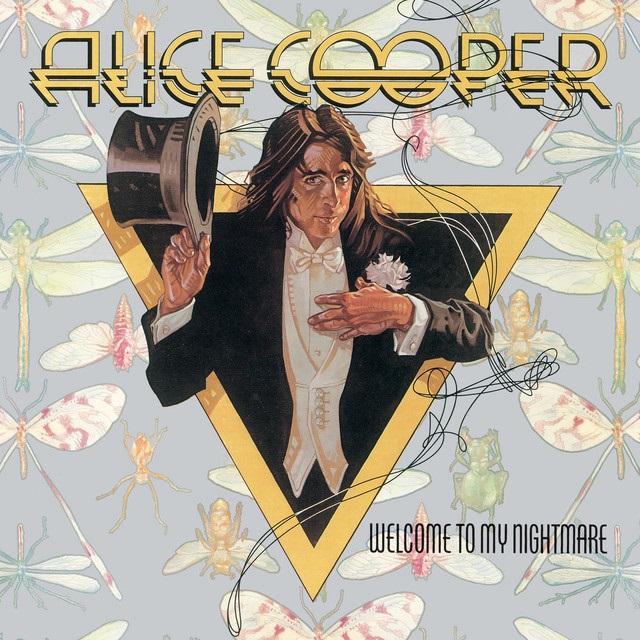
Alice Cooper’s “Welcome to My Nightmare” is hailed as the king of shock rock’s first solo album. The concept album, narrating a child named Steven’s nightmare, includes classics like its title track and “Only Women Bleed,” a ballad composed by Dick Wagner for the band The Frost. In 2011, Alice Cooper released a sequel titled “Welcome 2 My Nightmare”, which brought together both musicians who played on “Welcome to My Nightmare” and members of the original Alice Cooper Band.
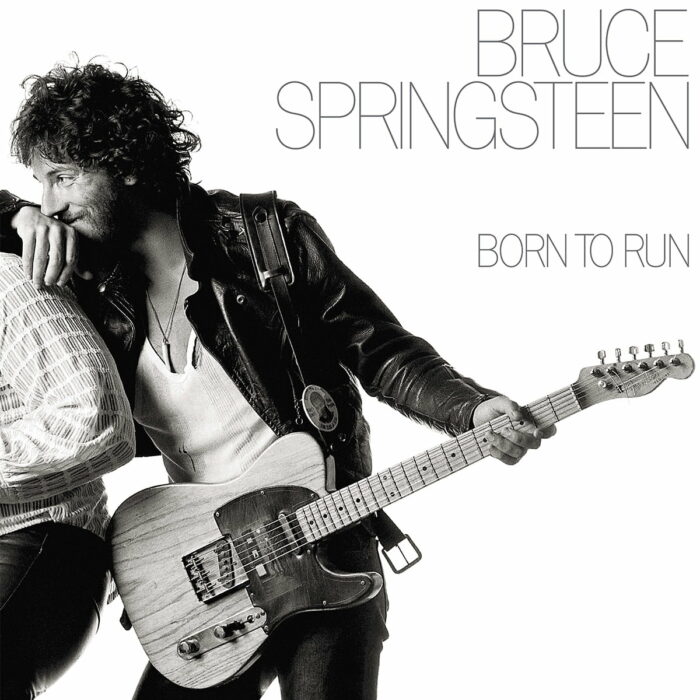
The saying “third time’s the charm” holds true, at least in the case of Bruce Springsteen. “The Boss” had released two albums prior, but his career struggled to gain significant momentum. Springsteen‘s third album finally launched him to stardom with tracks like “Born to Run,” “Thunder Road,” and “Backstreets.”
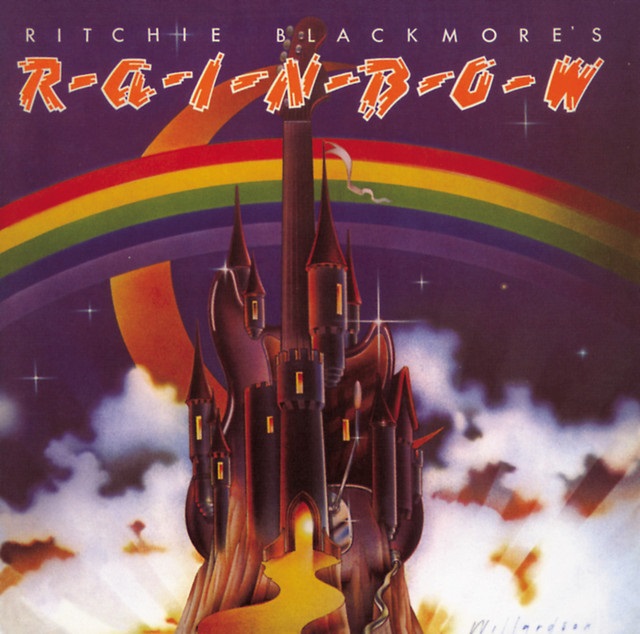
One of the most legendary guitar virtuosos in rock history, Ritchie Blackmore, attempted to include a cover of Quatermass’s “Black Sheep of the Family” on Deep Purple’s 1974 “Stormbringer” album. However, the band rejected the idea, declaring that Deep Purple did not play covers. Undeterred, Blackmore recorded the track with members of Elf, Deep Purple’s opening act at the time, initially as a single. The project then evolved into a full album, intended to be Blackmore’s solo record.
After the release of “Ritchie Blackmore’s Rainbow”, Blackmore replaced the rest of the musicians—except the exceptionally talented Ronnie James Dio—arguing that the others weren’t ready for performing on large stages. Despite this rather diva-like backstory, Rainbow’s debut album features tracks that have since earned classic status, including “Man on the Silver Mountain” and “Catch the Rainbow.”
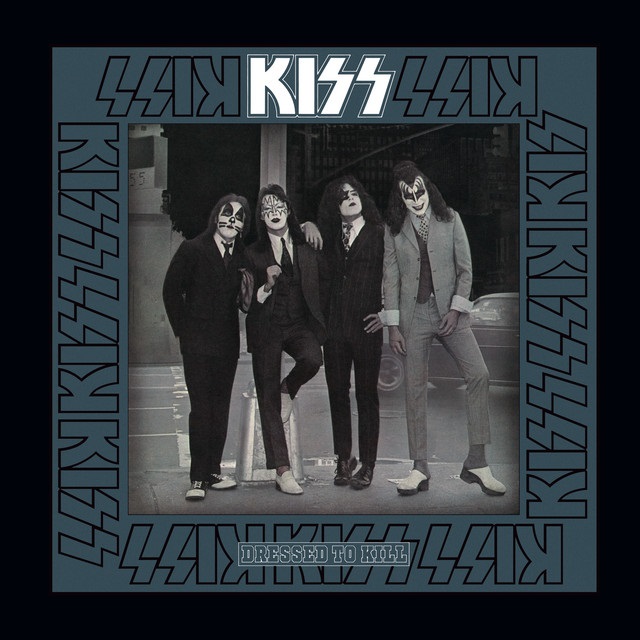
What would a list like this be without KISS? “Dressed to Kill” is KISS‘s third album, released less than six months after their previous record, “Hotter Than Hell”. While “Dressed to Kill” doesn’t deliver a full half-hour of legendary KISS energy, it did give the world the iconic anthem “Rock and Roll All Nite,” which serves as the album’s closing track. That same year also saw the release of the band’s legendary live album, “Alive!”, which brilliantly captured KISS‘s electrifying stage presence.
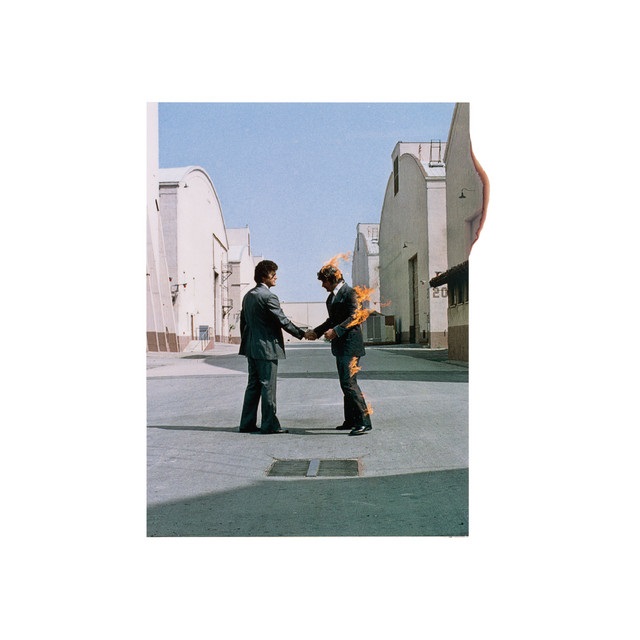
The massive success of “The Dark Side of the Moon”, released the previous year, likely created significant pressure for Pink Floyd—the audience expected the next album to be even more extraordinary. Adding to the challenge, relations between band members were no longer at their best. Despite these difficulties, 1975 saw the release of the band’s ninth album, “Wish You Were Here”.
The album’s opening and closing tracks, the two-part “Shine On You Crazy Diamond,” are dedicated to the band’s former member Syd Barrett. Interestingly, Barrett made an unannounced visit to the “Wish You Were Here” recording sessions, but none of the band members recognized him. After this studio visit, Barrett disappeared from public life and passed away in 2006.
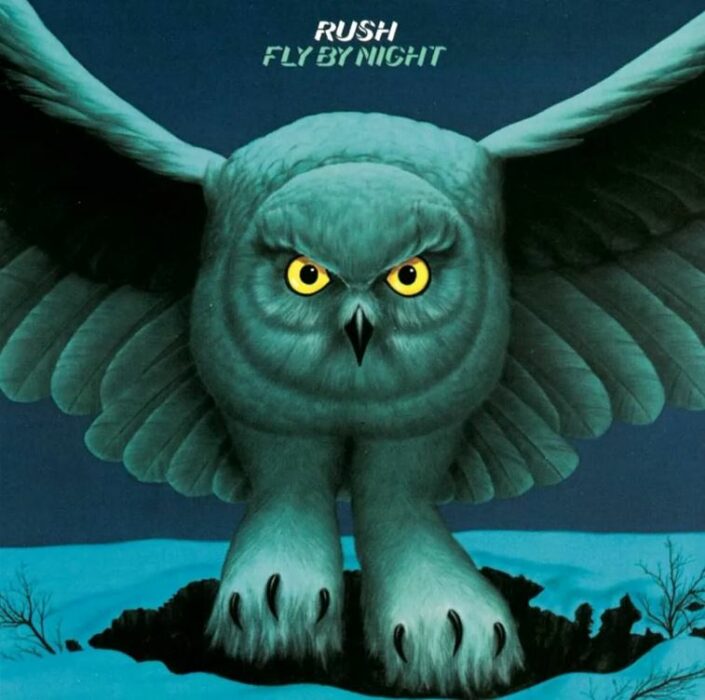
Canada’s gift to progressive rock, Rush, was faced with a lineup change shortly after the release of their debut album “Rush”, when original drummer John Rutsey had to step down due to health issues. Gerry Fielding temporarily filled in as the drummer, but ultimately, the talented Neil Peart was chosen as the permanent drummer. In addition to his incredible musical talents, Peart proved to be an exceptional lyricist and eventually became the primary songwriter for Rush.
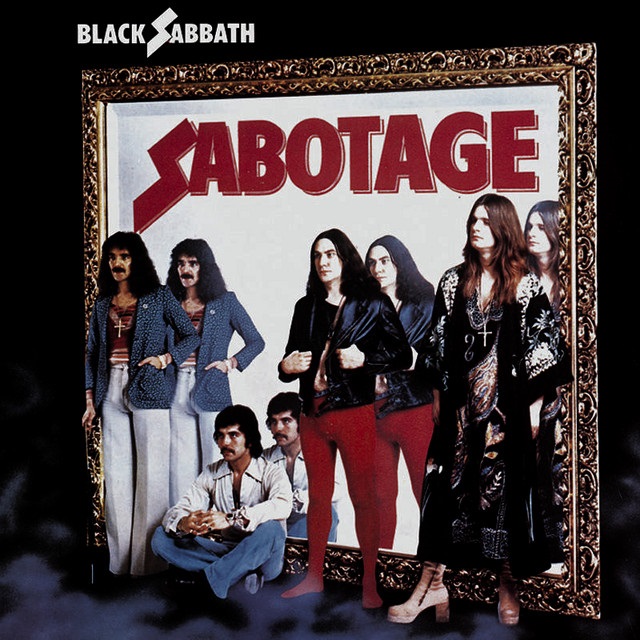
Black Sabbath‘s sixth studio album, “Sabotage”, was recorded under less-than-ideal circumstances. The band’s relationship with their manager, Patrick Meehan, completely soured after the release of “Sabbath Bloody Sabbath”, especially after the 1974 California Jam festival performance. Despite the huge fee earned from the show, only a small portion was distributed to the band members. The band also became suspicious of their financial situation, as the management appeared increasingly shady. Eventually, a legal battle ensued, and as a result, the album, recorded during these difficult times, was aptly titled “Sabotage”.
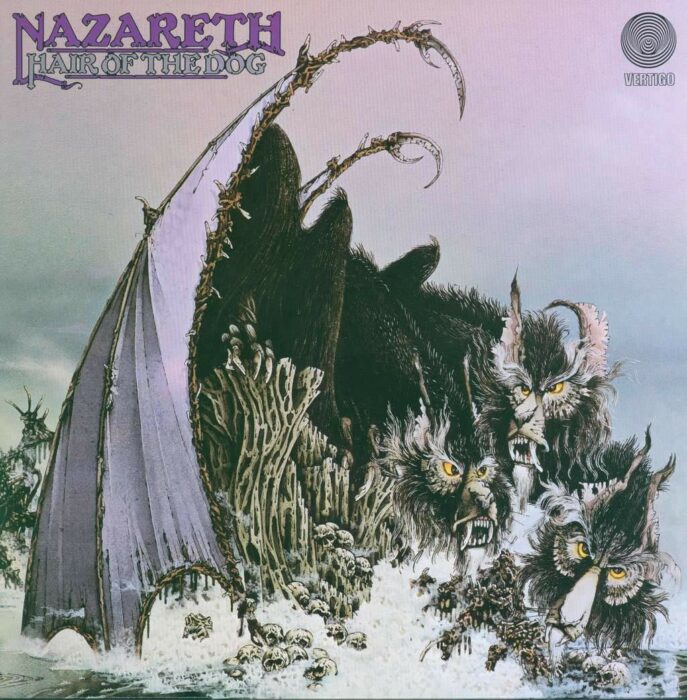
Nazareth‘s sixth album was originally intended to be called “Son of a Bitch”, but understandably, the record label refused this title. Ultimately, it was named “Hair of the Dog”, which is a kinder version of the original title, inspired by the saying “heir of the dog.” This album features one of rock history’s most beautiful ballads: a cover of the song “Love Hurts“, originally by Boudleaux Bryant. The title track, “Hair of the Dog“, represents the best of Nazareth, and even Guns N’ Roses has made their own version of it for their “The Spaghetti Incident?” cover album.
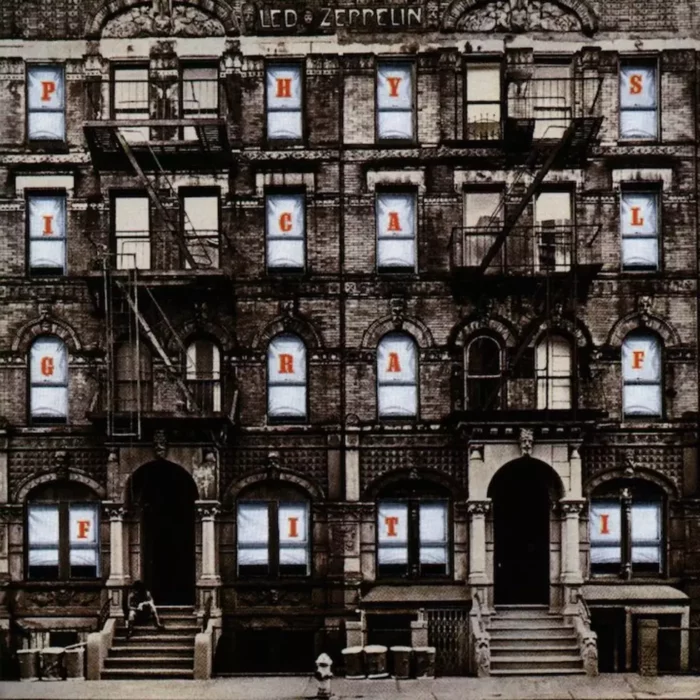
At the peak of their career, Led Zeppelin released “Physical Graffiti” in 1975, which was the band’s only studio double album. “Physical Graffiti” was also the first Led Zeppelin album released under the band’s own label, Swan Song. While “Physical Graffiti” contains many incredible Led Zeppelin tracks, the most famous of them all is undoubtedly the legendary “Kashmir“.
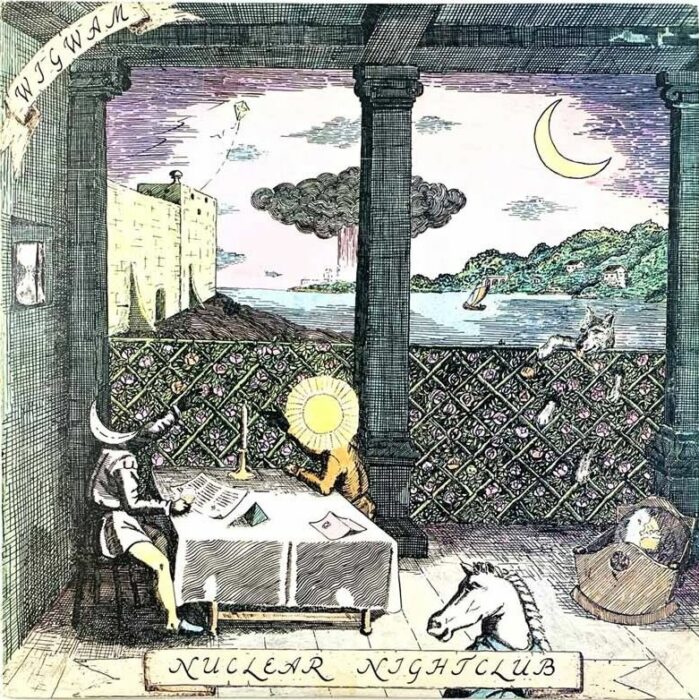
Finland’s progressive rock pride, Wigwam, had the opportunity for international fame when a major promotional campaign was organized in Britain to promote the band’s second album, “Nuclear Nightclub”. However, global domination was not achieved for this band either, as they refused to relocate abroad. Additionally, the band’s subsequent albums featured more difficult-to-approach material, while “Nuclear Nightclub”, recorded in Stockholm, included more accessible tracks with pop influences, making it friendlier for listeners.
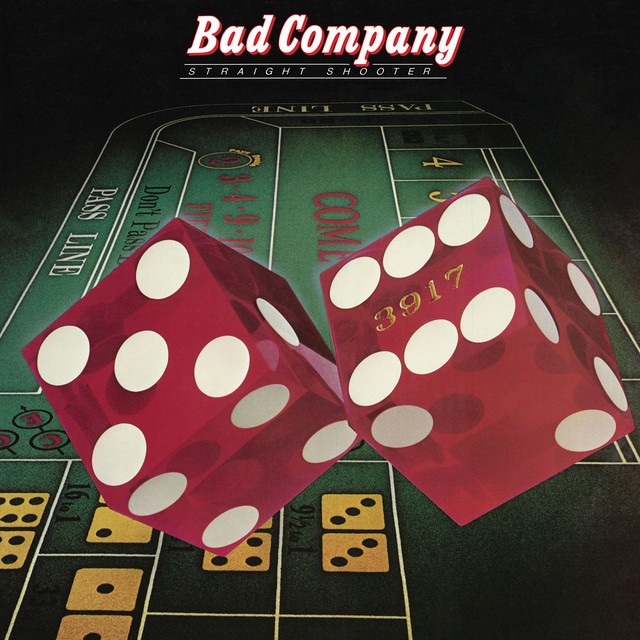
Less than a year after the release of their debut album “Bad Company”, the band’s second full-length album “Straight Shooter” saw the light of day. The album was recorded in England at Clearwell Castle, which was also the location where Deep Purple recorded “Burn” in 1973. “Straight Shooter” enjoyed similar success to the debut album, and it’s no surprise. It includes the iconic Bad Company track “Feel Like Makin’ Love“, which has made many blush, as well as “Shooting Star“, a song about musicians who die young.
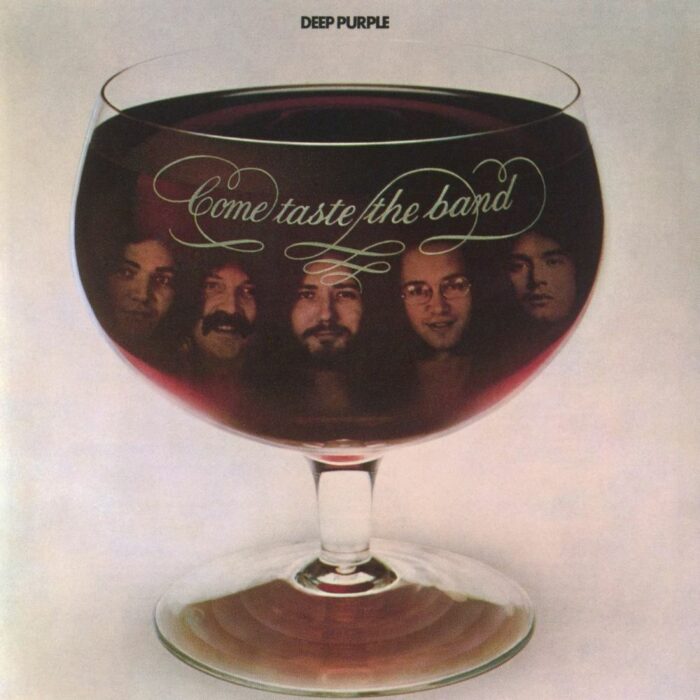
Deep Purple‘s tenth album “Come Taste the Band” remained the only release from the band’s MK IV lineup. Guitarist Tommy Bolin, who replaced Ritchie Blackmore, was a polarizing figure, and the rampant drug use of vocalist-bassist Glenn Hughes (and later Bolin) cast a shadow over both the recording sessions and the tour. After a performance in Liverpool in March 1976, Deep Purple‘s journey came to an end – but fortunately, only temporarily.
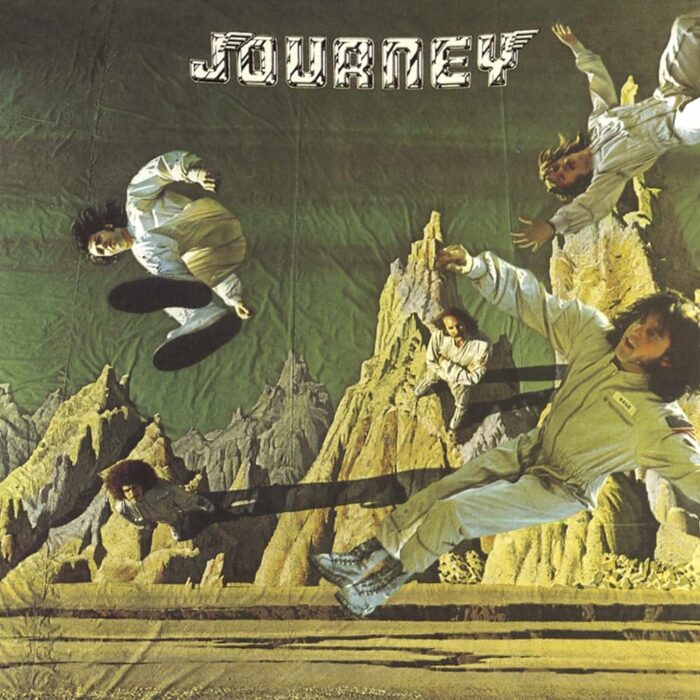
Journey is known for their energetic ’80s rock, with their biggest hits like “Don’t Stop Believin’” and “Any Way You Want It” serving as prime examples. However, the band’s self-titled debut album featured material that leaned more towards progressive rock, with an instrumental focus. Standout tracks from this album include the opener “Of a Lifetime” and “Kohoutek,” both of which are definitely worth listening to.
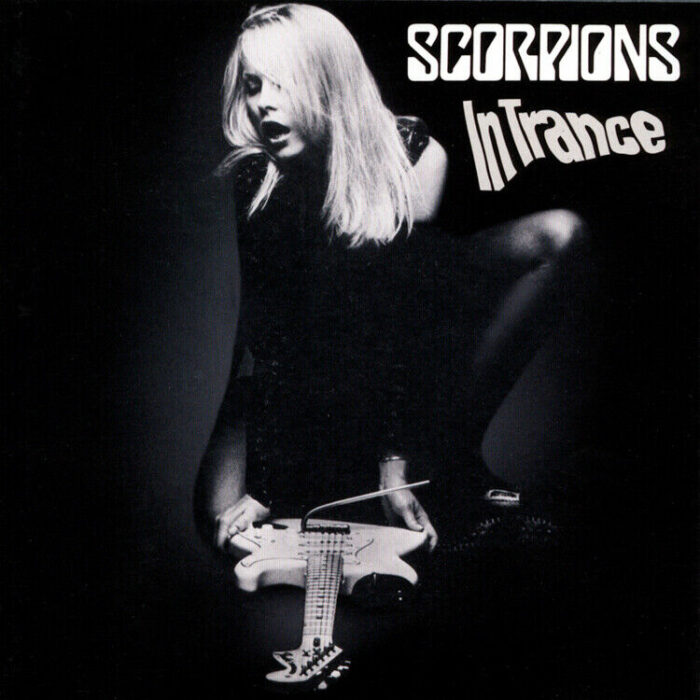
Scorpions‘ third album, “In Trance”, marked a step closer to the more familiar Scorpions sound after their first two albums. Musically, the album combines the band’s signature heavy metal with hard rock, while the previous two records leaned more heavily towards progressive rock. Additionally, “In Trance” features the first appearance of the iconic Scorpions logo on its cover.

UFO‘s fourth album, “Force It”, took the band’s hard rock style to a new level, following the direction they established on the previous year’s “Phenomenon”. This album also marks the first appearance of keyboards in UFO‘s history, with Chick Churchill guesting on the track “Out in the Street.” The album’s cover art was designed by the English graphic group Hipgnosis, who also created album covers for Led Zeppelin and Pink Floyd. However, the original “Force It” cover was deemed too controversial for American audiences, leading to a revised version of the album, in which the couple in a bathtub was altered to appear ghostly.
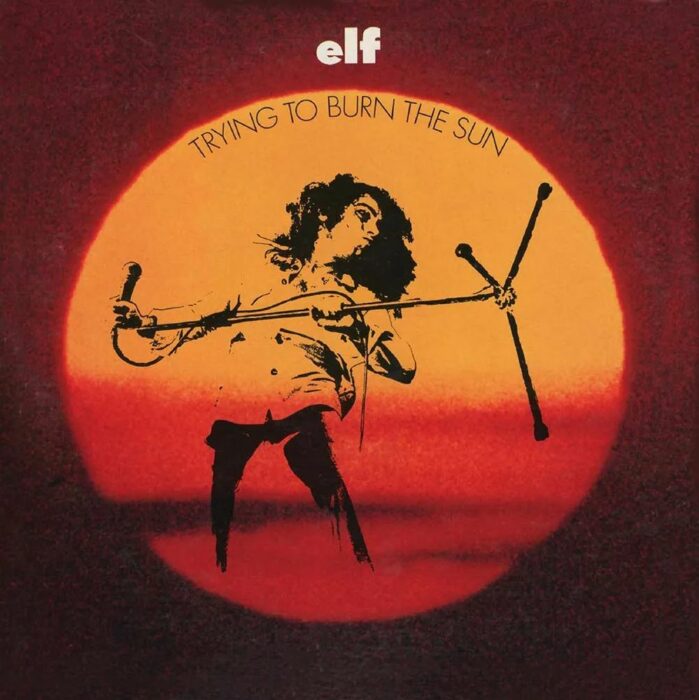
The two previous albums by the legendary Ronnie James Dio-led Elf had not been particularly successful, and the band’s third album, “Trying to Burn the Sun”, met a similar fate. During the recording of this album, four out of the five Elf members were simultaneously recording with Ritchie Blackmore for the debut Rainbow album, “Ritchie Blackmore’s Rainbow”. “Trying to Burn the Sun” became Elf‘s last album, as in the same year of its release, Ritchie Blackmore formed Rainbow from the remnants of Elf.
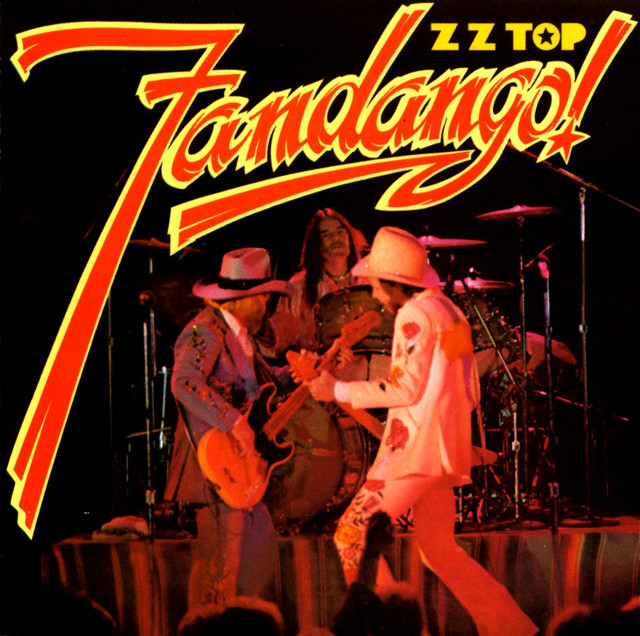
ZZ Top‘s fourth album offered both live material and new songs for the fans’ enjoyment. The album’s most famous track, “Tush,” originated during a soundcheck when guitarist Billy Gibbons started playing a familiar riff, and bassist Dusty Hill threw in some lyrics off the top of his head. The song was completed in ten minutes, and there were hardly any changes made during the studio recording session. If anything, this is magic!

Patti Smith‘s debut album “Horses” was an immediate hit. In 1975, however, it was difficult to categorize it into any particular genre, as its artistic, poetic lyrics made it incompatible with the rock music of the time, and the punk wave had not yet fully hit the U.S. “Horses” is often referred to as the first punk album, though.